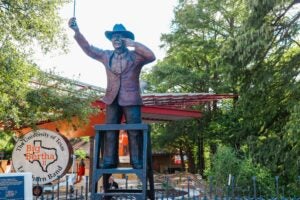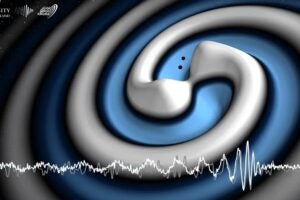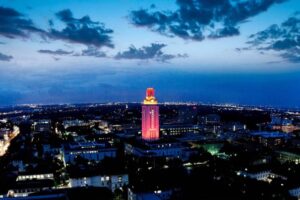AUSTIN, Texas—Children are able to distinguish between reality and fantasy between the ages of 3 and 5, according to new research at The University of Texas at Austin.
Young children continually are exposed to new information through conversations, books and the media. Much of the information is factual such as the names of planets, but some is fictional such as the existence of the Easter Bunny. Jacqueline Woolley, psychology professor at the university, found that by the age of 4, children learn to use the context in which new information is presented to distinguish between fact and fiction. The research findings are published in the November/December 2006 issue of Child Development.
Woolley and her colleague at the University of Virginia studied about 400 children between the ages of 3 and 6 who were asked to determine whether a series of new words were real or imaginary. For some children, the researchers presented the words in scientific terms: “Doctors use hercs to make medicine.” For others, they introduced the words in fantastical terms: “Fairies use hercs to make fairy dust.” The researchers found when children heard the new words in a scientific context they were more likely to believe the words represented real things than when they heard the words described in a fantastical context.
“These studies provide new insight into the development of children’s ability to make the fantasy-reality distinction,” Woolley said. “It is clear from the studies that young children do not believe everything they hear, and that they can use the context surrounding the presentation of a new entity to make inferences about the real versus fantastical nature of that entity.”
For more information contact: Christian Clarke Casarez, public affairs director, College of Liberal Arts, 512-471-4945; and Jacqueline Woolley, professor, Department of Psychology, 512-471-5196.



